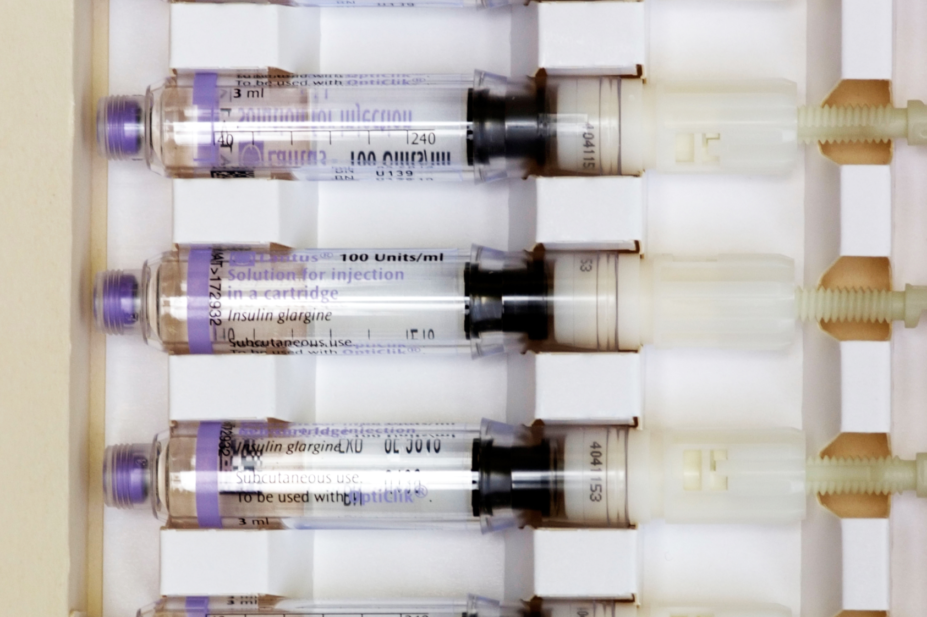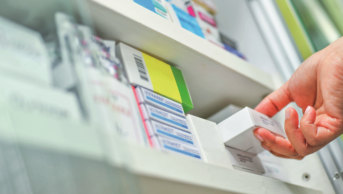
Alamy
UK pharmacists have a high level of understanding of biosimilars but have concerns about the safety and efficacy of switching patients to the drugs, research has shown[1]
.
The study, published in the International Journal of Pharmacy Practice (30 August 2018), involved a web-based survey completed by 150 medical consultants/registrars, 58 nurses and 26 pharmacists specialising in dermatology, diabetes, gastroenterology or rheumatology. The survey asked about their knowledge and experience of infliximab and insulin glargine biosimilars.
The results showed that pharmacists had the greatest knowledge and awareness of biosimilars, with 84.8% who could accurately define them, compared with 76.6% of consultants/registrars and 53.4% of nurses.
Concerns about safety and efficacy when switching patients to biosimilars were high among all the healthcare professionals, but nurses had a higher level of major concerns than doctors and pharmacists about the safety and efficacy of biosimilars when initiating them in biologic-naive patients.
The researchers said that as more biosimilars become available, knowledge gaps will likely arise among healthcare professionals.
“There is a variance in the level of understanding and attitude to biosimilars between professions, with a good level of understanding in medical consultants and pharmacists, but a lower level for nurses,” they said.
References
[1] Aladul M, Fitzpatrick R & Chapman S. Differences in UK healthcare professionals’ knowledge, attitude and practice towards infliximab and insulin glargine biosimilars. Int J Pharm Pract 2018; In press. doi: 10.1111/ijpp.12485


